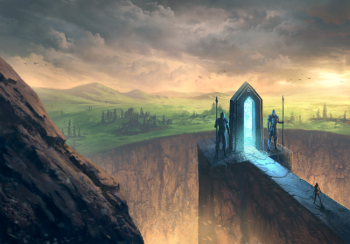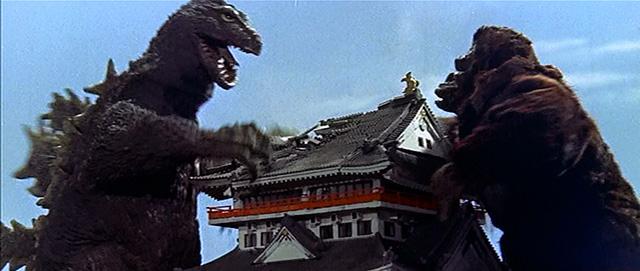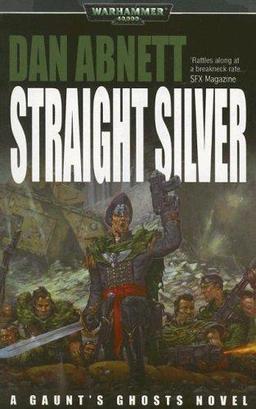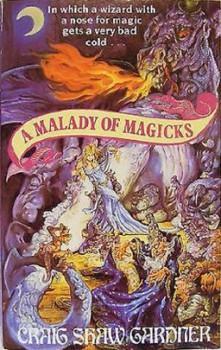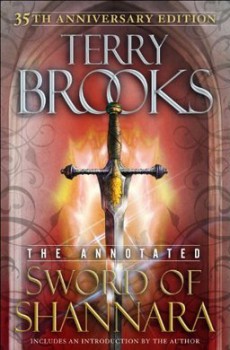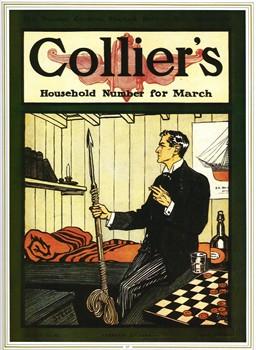Why Novellas? Tor.com‘s Stellar New Fantasy & SF Releases
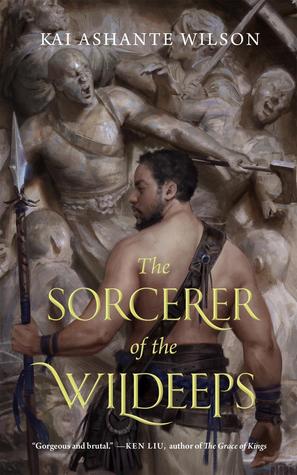 |
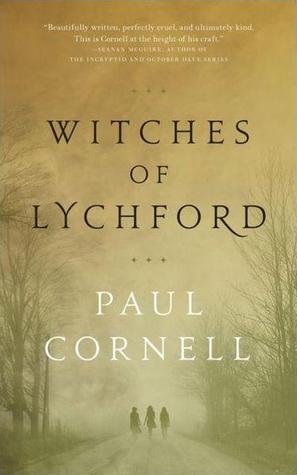 |
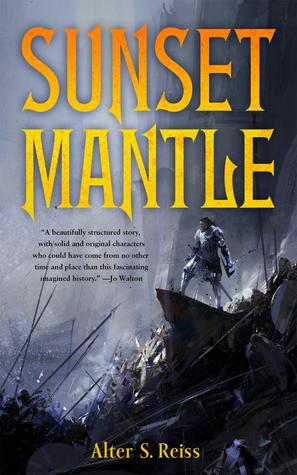 |
Here’s the thing about Tor.com Publishing: I’m a total fan. Complete fanboy. I know, I know, they pay me to tell people how wonderful the books are, but between you & me? I’d do it for free, because I’m a total sucker for the books we’re putting out. (Probably not full-time, though, so if you’re reading this, boss, keep the paychecks coming!)
In all seriousness, it really is a “dream job,” precisely what I’d hoped to be doing when I got into publishing: having opinions about books with wizards & spaceships, & making those opinions matter. I’ve picked up a bit of jack-of-all-trades over the years, & being part of a new experiment flexes those skills in ways I am still gleefully scrambling to figure out. Tor.com Publishing is proof that publishers are doing new things & evolving.



